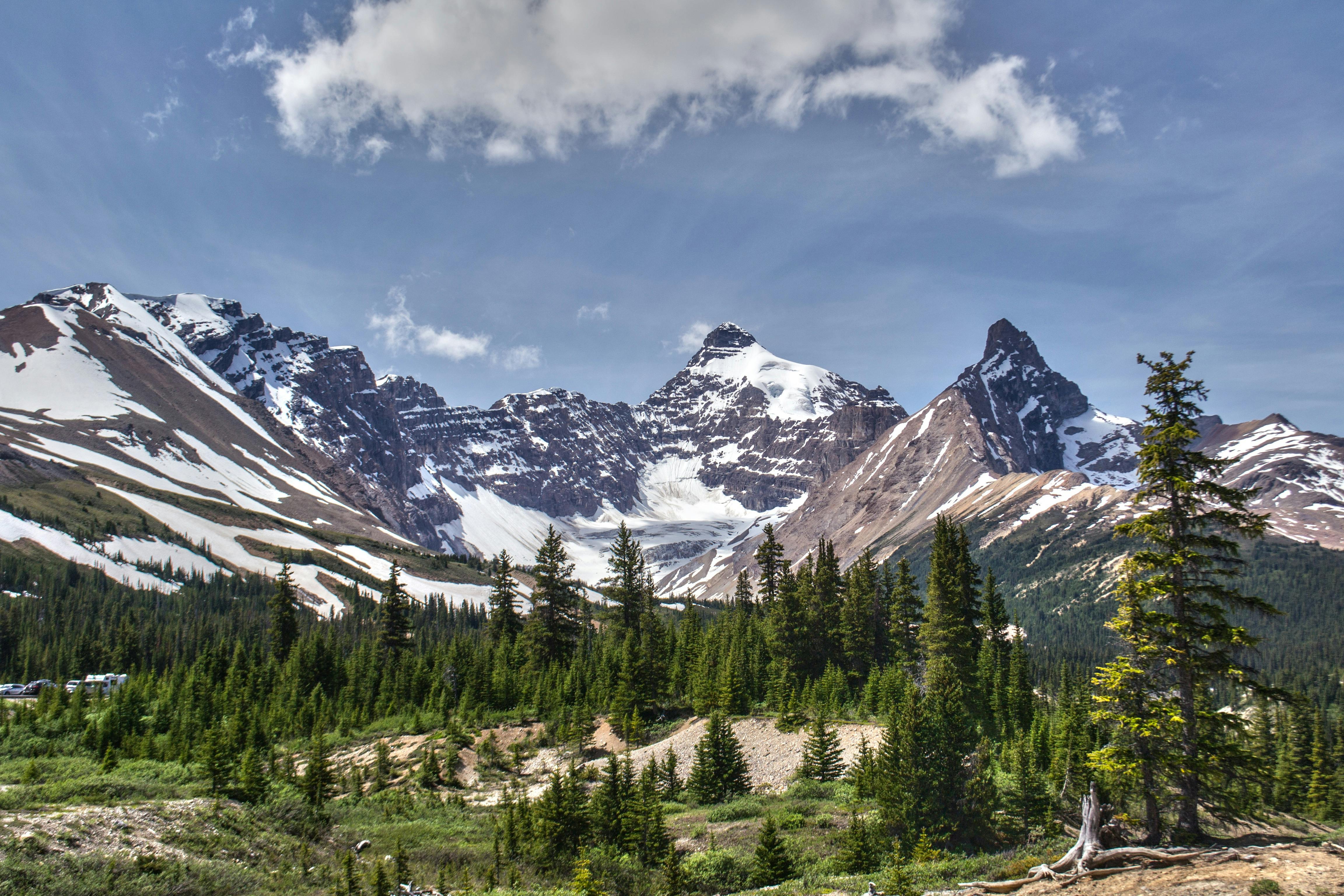

Rocky Mountain National Park is a veritable treasure trove of trails, most of which are related to historical themes. Most of the buildings are rustic in style, conveying a sense of the time, including some buildings constructed during the early 1900s by the Park superintendents and later by the Civilian Conservation Corps during the 1930s New Deal work program. Consequently there are over 600 buildings that are presently listed, or eligible for listing in the National Register of Historic Places due to either their architectural significance or their early origins as ranches and their relationship to tourism prior to being purchased to become part of the National Park System. The Park is filled with archeological finds, ancient trails, Indian hunting grounds in the form of game drives, cattle ranches and the beginnings of the "tourist trade" almost a century ago, when ranchers began to build lodges, "havens" for the new tourism that arose. The region contains cultural resources dating back thousands of years, beginning with the indigenous peoples that occupied this immense area in addition to the more recent events during the 20th century. Some of these critters are harder to spot than others - they might camouflage themselves in the trees or hide in the underbrush - but look closely and you may have an encounter unlike any other.Rocky Mountain National Park in the state of Colorado was originally established to preserve its scenic and natural resources however, as time passed it became clear that the Park contained numerous historical resources as well as wondrous awe-inspiring panoramas capable of overwhelming the visual senses. From everyday sightings of chipmunks and mule deer to the moving experience of viewing elk in rut (the mating season), the animals in the park let you know that you are part of something truly wild. While it is possible to travel through Rocky Mountain National Park and not catch sight of any wildlife, we venture to say that is an unlikely experience. No matter your level of interest, adventure awaits you while viewing, exploring and appreciating this breathtaking collection of mountains. The park's vistas are accessible by horseback, on foot, or by car - the most notable vehicle route being Trail Ridge Road, the highest continuously paved highway in North America. Many of the taller peaks make up the Continental Divide, where snowmelt runs either west to the Pacific Ocean or east to the Atlantic. These amazing mountains cradle the Estes Valley, providing residents and guests with incredible beauty and inspiration. Within the boundaries of Rocky Mountain National Park, more than 100 peaks rise above 11,000 feet in altitude, including Longs Peak at 14,259 feet.


 0 kommentar(er)
0 kommentar(er)
